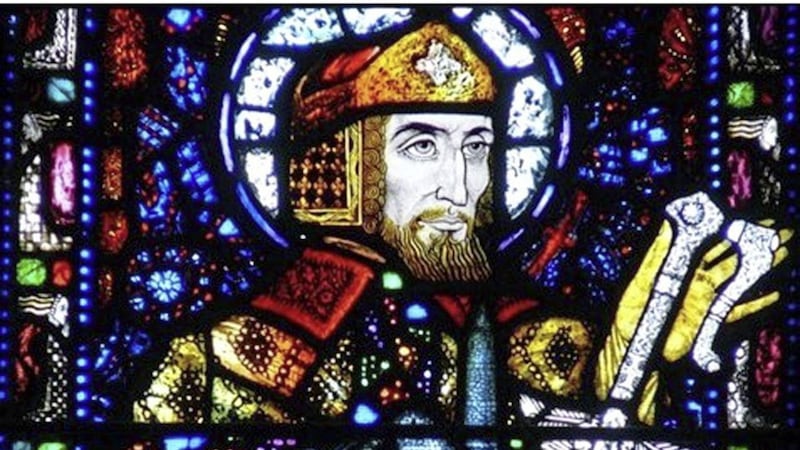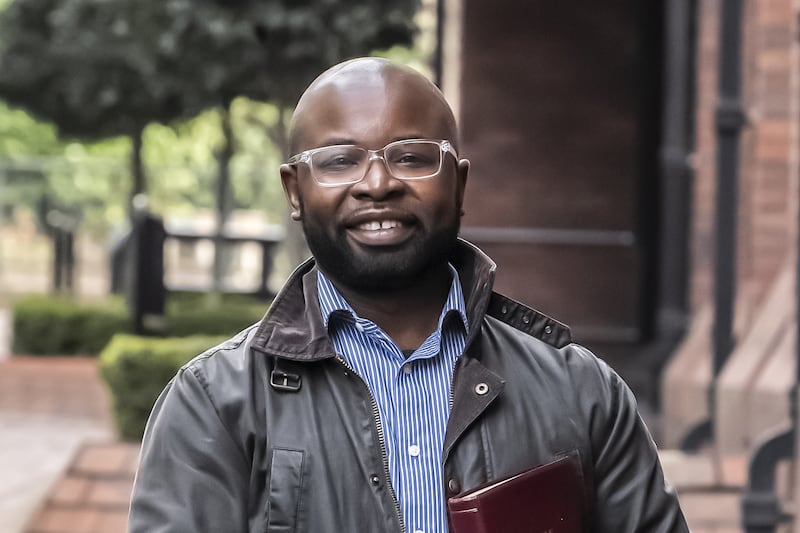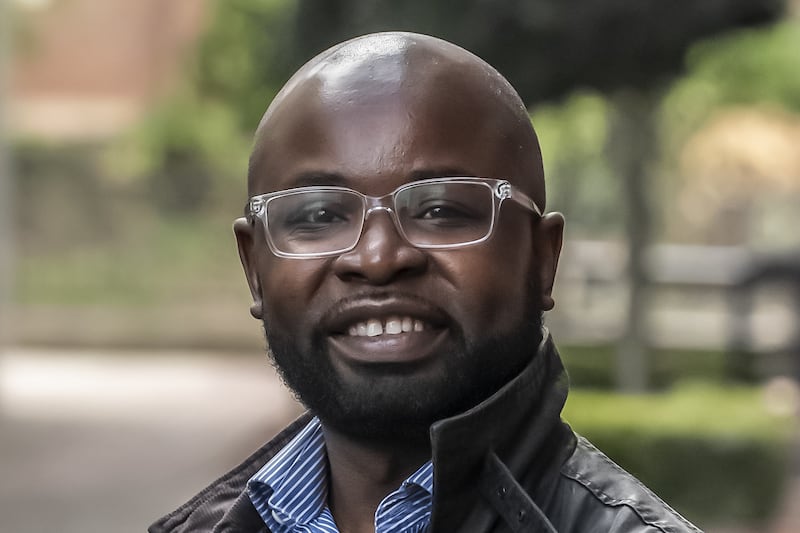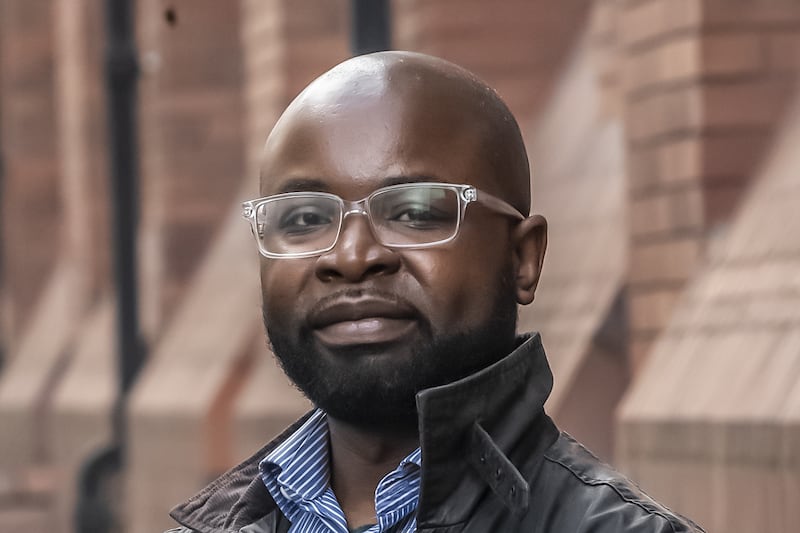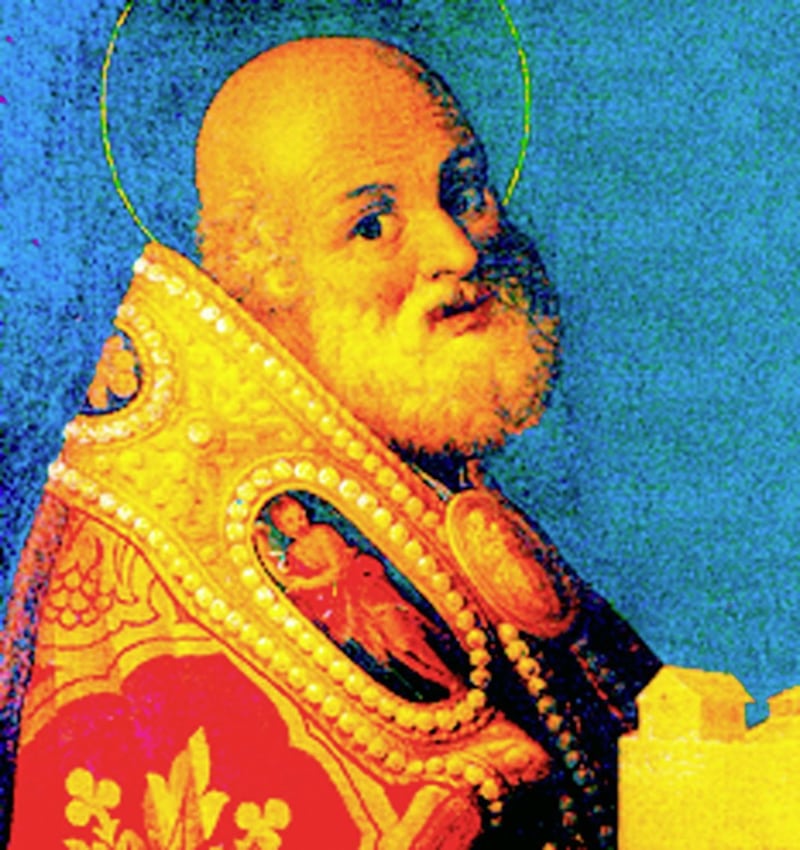
UNDER the year 431 A.D., Prosper of Aquitaine wrote in his Chronicle: "Palladius was consecrated by Pope Celestine and sent to the Scots believing in Christ as their first bishop."
It is the first authentic date in Irish history and the wording is of vital importance for our understanding of the introduction of Christianity into Ireland.
If, as is generally accepted, St Patrick came to Ireland in 432, then it is clear from Prosper's statement that there were "Scots believing in Christ" - i.e. Christian Irishmen - in Ireland before Patrick came here, and indeed before Palladius came.
'Scotti' was the name by which the Irish were then known in the Roman Empire.
Christianity entered Ireland as a result of a gradual infiltration mainly from Britain but possibly also from Gaul.
There were many ways by which it may have come. We know from archaeological finds that Ireland carried on an extensive trade with Roman Britain and Gaul, and the contacts which those traders made with British and continental Christian merchants is one possible source by which Christianity may have come to Ireland.
Another source of entry may have been through scholars fleeing from barbarian invasions on the continent who brought their Christian religion with them.
Raiders like Niall of the Nine Hostages carried out forays against Britain and it was on one such raid that Patrick was captured and taken to Ireland.
There would have been other Christians taken to Ireland as slaves, and it also possible that Christian deserters from the Roman army may have sought refuge in Ireland.
Far from acting as a barrier between Ireland and Britain, the sea, then as now, was a channel of communication between the two countries and we know that the Scotti established colonies on the island of Britain - in Wales, Cornwall and western Scotland.
What is known for certain is that there were Christians in Ireland before Patrick came. The fact that Palladius came as a bishop indicates that there was already a certain degree of organised religion in Ireland before 431
Any or all of these avenues may have been responsible for the introduction of Christianity into Ireland.
What is known for certain is that there were Christians in Ireland before Patrick came.
The fact that Palladius came as a bishop indicates that there was already a certain degree of organised religion in Ireland before 431.
There is a strong tradition of pre-Patrician saints in Ireland located mainly in the south-east of the country.
St Ailbe is associated with Emly in Co Tipperary; St Declan is associated with Ardmore in Co Waterford; St Ibar with Beggerin Island in Co Wexford; and St Ciarán with Saighir in Co Offaly.
Pre-Patrician Christianity does not seem to have made much of an impression north of a line drawn roughly between what are now the cities of Dublin and Galway.
St Ailbe
St Ailbe is associated with the founding of a monastery in Emly in Co Tipperary and he is the patron saint of the Archdiocese of Cashel and Emly which was the premier diocese in the south of Ireland up until the Middle Ages; Emly remained a cathedral city until the 16th century.
The Latinised version of 'Ailbe' is 'Elvis'. The king of rock and roll was called after an Irish saint...
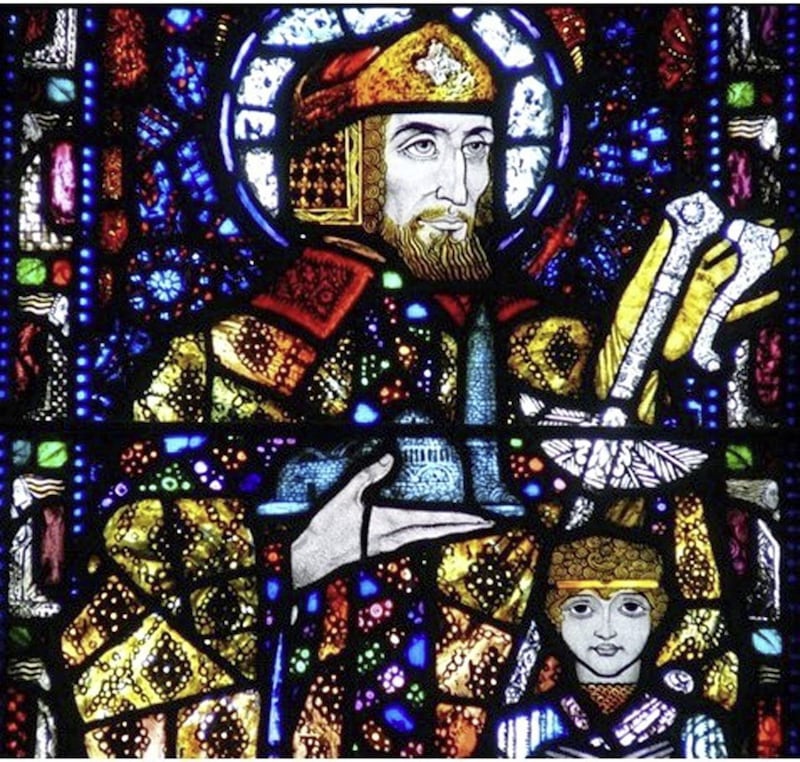
St Declan
St Declan was an early Irish saint credited with the conversion of the Déisi people of east Munster to Christianity.
It was these people - the Déisi - who founded a settlement in south-west Wales.
A key aspect of this overseas link - the import of slaves, usually British Christians, by Irish raiders - would have directly exposed Munster to the influence of Christianity.
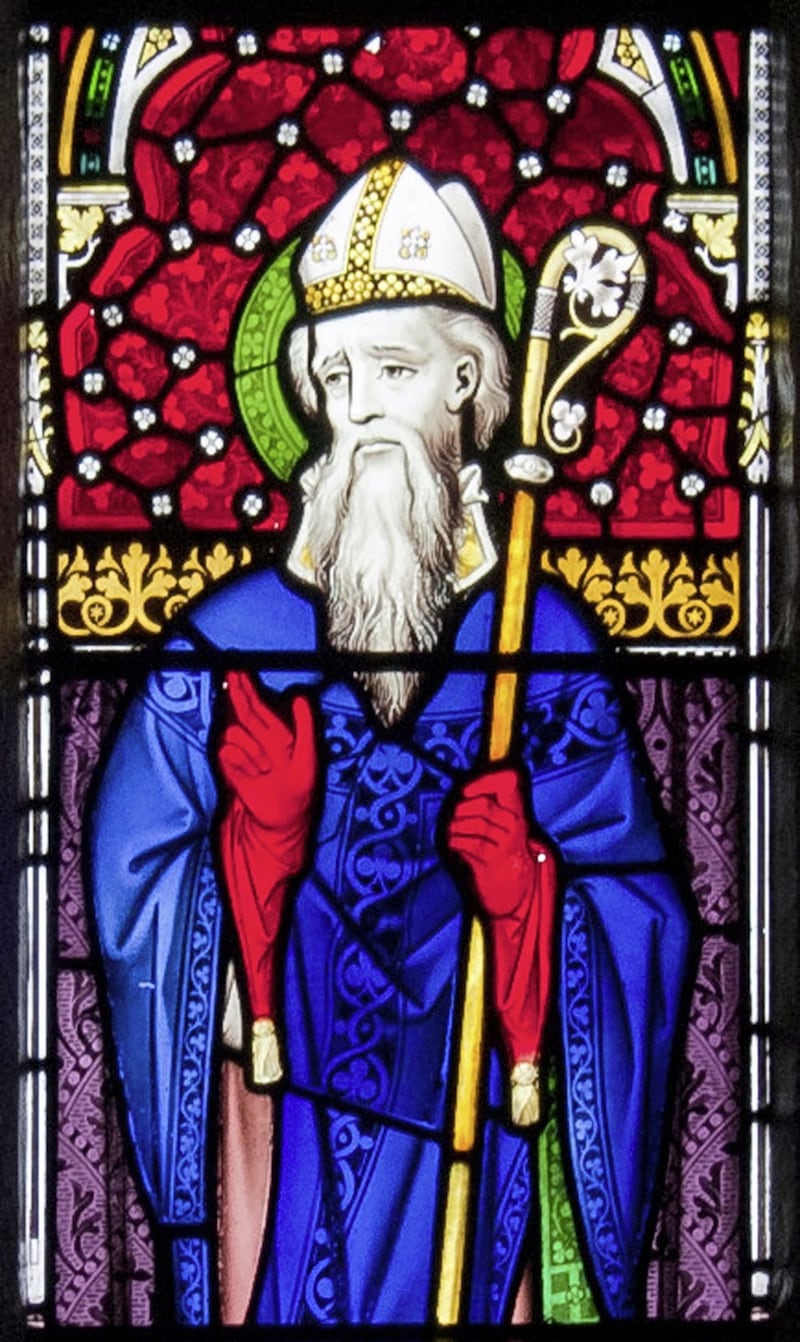
St Ibar
It appears that Ibar was a missionary before the arrival of St Patrick but he was also a contemporary of the saint, thus he is sometimes regarded as a John the Baptist-like figure, the precursor of the national apostle.
In the earlier part of his life, he is said to have been a member of the druidic order, thus providing an interesting example of the transition from paganism to Christianity around the time of St Patrick.
Beggerin, of which he is regarded as the patron saint, was formerly an island in the north of Wexford harbour but it has long since been one of the reclaimed Sloblands.
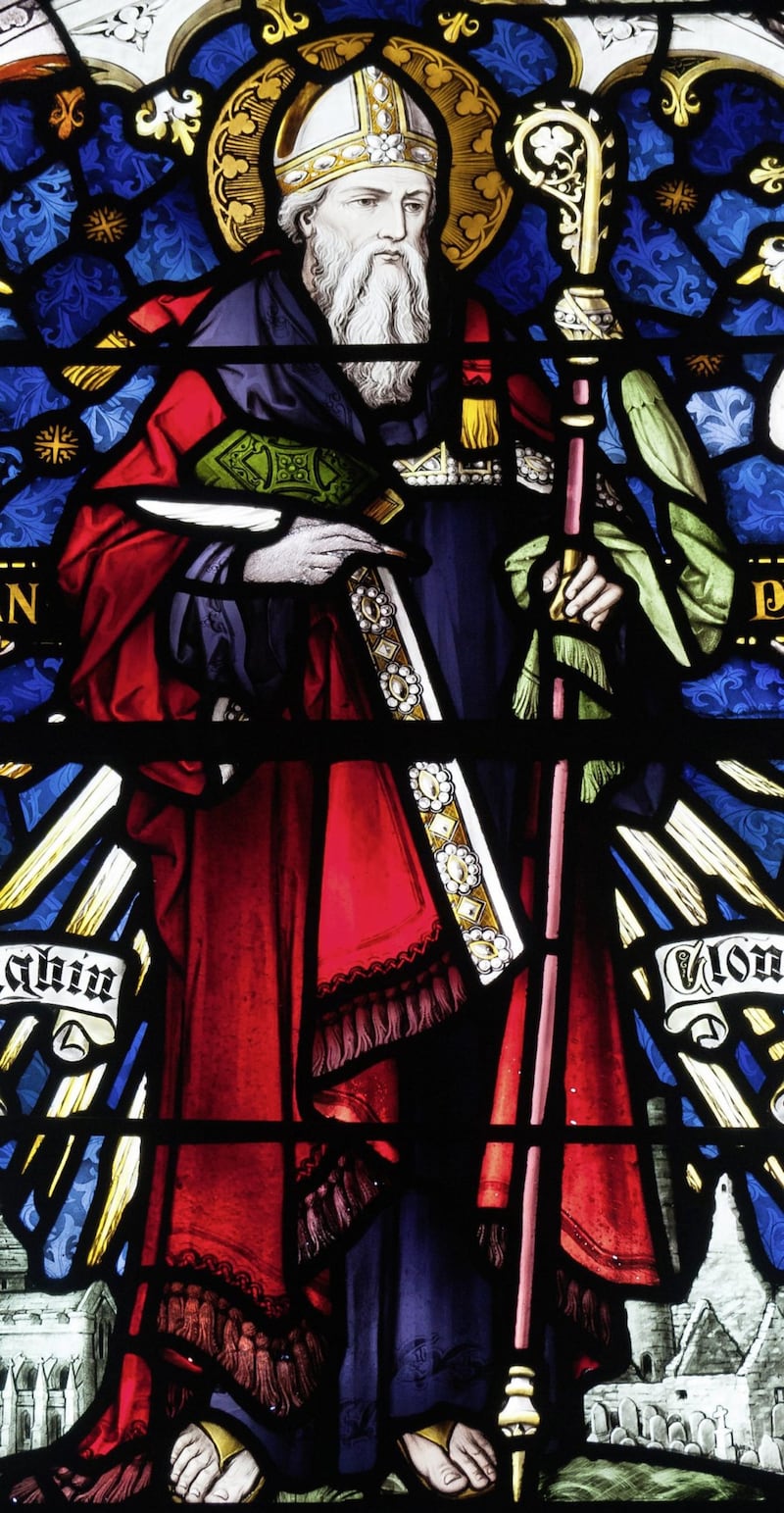
St Ciarán of Saighir
Reputed to have been the first saint born in Ireland, Ciarán was a native of Cape Clear Island off the coast of Cork.
He became the bishop of Saighir (Seir-Kieran) in the foothills of the Slieve Bloom mountains in modern-day Co Offaly and remains the patron saint of the Diocese of Ossory.
Lives of the saint relate how he lived in a forest surrounded by animals and wearing nothing but skins.
This corresponds to the image of him as a western John the Baptist, and thus like St Ibar, a precursor of the national apostle.
St Palladius
The immediate predecessor of St Patrick, accounts of the lives of both have been conflated resulting in much confusion.
He was possibly a deacon in Rome and took a leading part in the fight against the Pelagian heresy then affecting the church. (Pelagius, incidentally may also have been Irish - he is reported by Jerome as "stuffed with Irish porridge").
Traditionally, Palladius is said to have landed near Wicklow and founded at least three churches in Leinster.
It is a tribute to the effectiveness of those 7th century propagandists, Muirchú and Tírechán, who sought to establish the primacy of the See of Armagh, that Patrick has come to be regarded as the national apostle of Ireland and closely associated with the northern part of the country - Slemish, Saul, Downpatrick, Armagh - while poor old Palladius has been practically written out of the history of Irish Christianity.
Frank Rogers is the author of The Story of Ireland in Stained Glass and The History of the Convent Chapel, Enniskillen.
